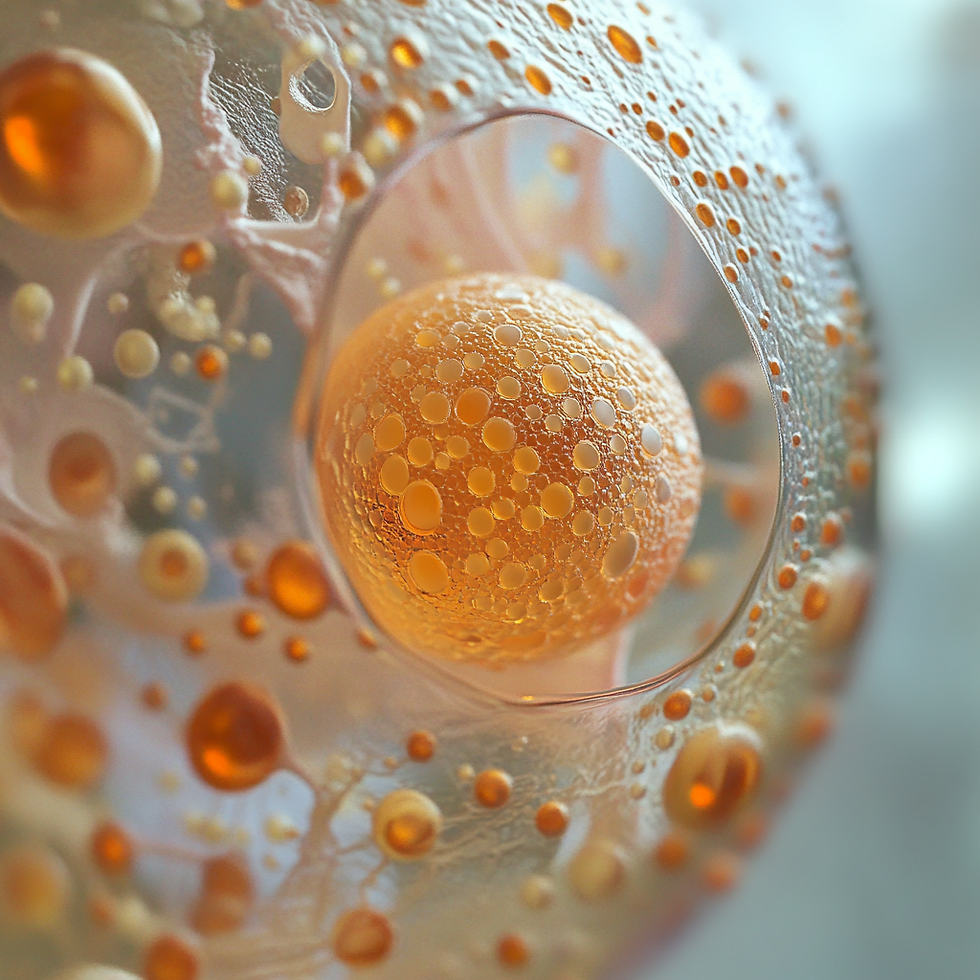Egg Donation



Egg Donation Method




About it
Hope through donated reproductive possibilities
Egg Donation offers:
This method offers hope to those facing infertility challenges, with high success rates and the ability to customize the process with carefully selected egg donors.
Recommended option for:
Ideal for individuals or couples who struggle with infertility due to medical conditions, such as diminished ovarian reserve, premature ovarian failure, or genetic disorders. It is also designed for women who cannot produce viable eggs due to age-related factors or cancer treatments. Additionally, it provides a solution for same-sex male couples or single men who wish to have a biological child through gestational surrogacy.
How it works?
The process begins with the selection of an egg donor, who undergoes thorough medical and psychological screening. Once selected, the donor receives hormonal treatments to stimulate egg production. The eggs are retrieved through a minimally invasive procedure and fertilized in a laboratory using the intended parent’s or donor’s sperm through in-vitro fertilization (IVF). The resulting embryos are then transferred to the uterus of the intended mother or a gestational surrogate, where they can develop into a healthy pregnancy.
"Egg donation empowers individuals and couples to overcome infertility by providing a healthy egg source, enabling the dream of parenthood through assisted reproduction."

What Does the Egg Donation Method Involve?

1. Selection of the Egg Donor
A young woman (18–35) undergoes medical and psychological exams to ensure her health and suitability as a donor. Donors are often anonymous, depending on local regulations.
2. Ovarian Stimulation of the Donor
The donor receives hormonal treatments to produce multiple high-quality eggs, similar to other IVF methods.
3. Egg Retrieval
Mature eggs are extracted through a minor outpatient procedure under sedation, allowing the donor to resume normal activities quickly.
4. Fertilization of the Eggs
The eggs are fertilized in the lab using sperm from the recipient’s partner or a donor, with embryos developing in a controlled environment.
5. Embryo Transfer
Developed embryos are transferred to the recipient’s prepared uterus, following hormonal treatment to support implantation.
Benefits

Egg donation has higher success rates due to the use of eggs from young, healthy donors.
The recipient can carry the pregnancy, give birth, and bond with the baby despite not contributing genetically.
Offers hope for individuals or couples facing infertility, enabling parenthood through a safe and supported process.
Frequently asked questions
Egg donors are carefully screened for their health, genetic history, and emotional readiness.
This depends on local laws and patient preferences. Donors can remain anonymous or open their identity to recipients if both parties agree.
Matching is based on factors like physical characteristics, medical history, and recipient preferences.
Egg donation has high success rates, especially when using young and healthy donor eggs.
Donors may experience mild side effects from ovarian stimulation, and recipients may have risks associated with embryo transfer. All risks are minimized through expert care.






